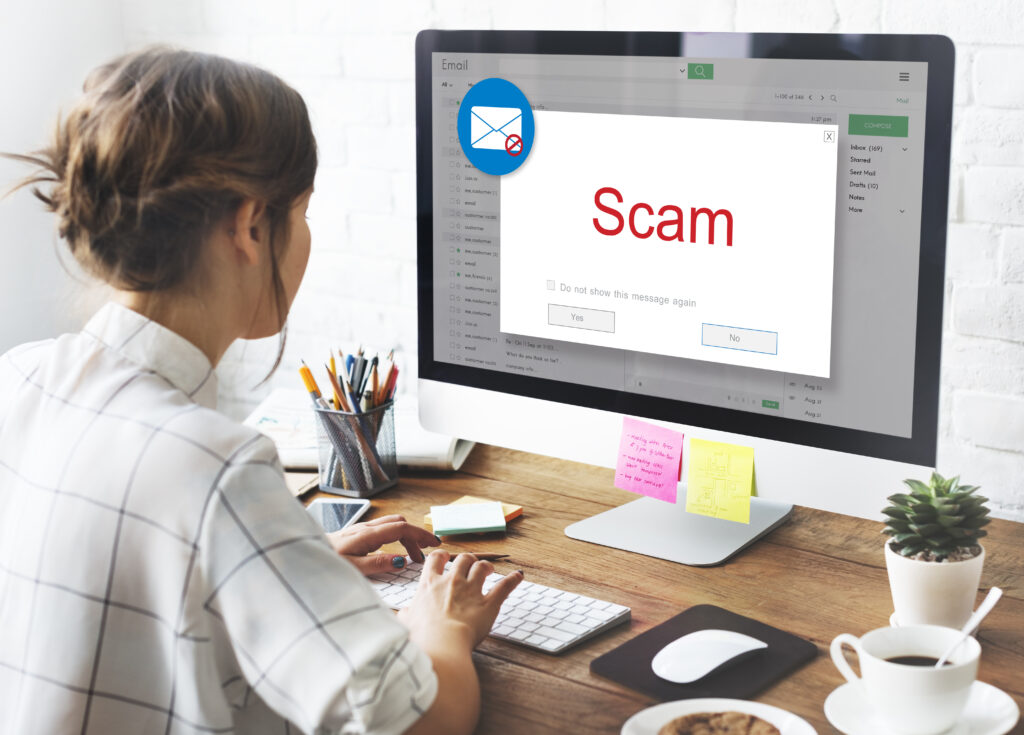What is Chase fraud protection and how do you use it?
Signing up for credit cards through partner links earns us a commission. Terms apply to the offers listed on this page. Here’s our full advertising policy: How we make money.
Update: One or more card offers in this post are no longer available. Check our Hot Deals for the latest offers.
Depending on which Chase credit card you have, your card comes with a variety of awesome perks, like extended warranty and purchase protection. But no benefit is arguably more important than Chase’s fraud protection.
Unlike most debit cards, credit cards come with many ways to make sure your account information is secure and protect you from hackers. Chase has your back regarding fraud, from Chase fraud text messages to 24/7 monitoring. Here’s what you need to know about these cardholder benefits.

What is Chase fraud protection?
A harsh but true reality is that credit card fraud is on the rise worldwide, and in such uncertain financial times, it’s important to protect yourself and your finances. Investing in a card like the Chase Sapphire Preferred® Card, or one similar, is well worth the annual fee when you get incredible rewards and benefits, as well as Chase’s best of the best fraud protection services.
Chase fraud protection is Chase’s way of protecting your personal information and finances, no matter what Chase credit card you own. The major fraud protection benefits that come with all Chase cards include:
- 24/7 monitoring for fraud
- Lock and unlock, which will allow you to immediately “lock” your card if you misplace it or suspect fraud
- Zero liability protection, so you’ll never be held responsible for unauthorized purchases on your card
How does Chase fraud protection work?
Because Chase monitors your account for fraudulent activity 24/7, they will alert you of any suspected unusual activity via a call, email or text alert. Chase is constantly monitoring your purchases with high-tech services, so they get to know and understand your spending habits, keep tabs on your location, and ultimately know when a purchase appears out of the ordinary.
Chase fraud protection works best when you help them protect your account. To help protect yourself from fraud, Chase first asks that you log onto the Chase website and make sure all of your contact information is accurate and up to date. Chase can contact you about fraud quicker when they have the correct email address and phone number on file.
Chase also suggests that you activate account alerts and enroll in paperless statements, both of which can be done through Chase’s website or mobile app. When you receive account alerts, you’ll be notified every time your card is used and your existing balance after the purchase. In addition, paperless statements will help you monitor charges without the need to wait to review your purchases until a statement comes in the mail.
When you and your bank work together, you can rest easier knowing all your charges are being monitored against fraud and identity theft.
What are Chase text alerts?
A Chase fraud text message is one way Chase can alert you of suspicious activity on your account. It’s also the method people are least willing to trust.
A legitimate Chase fraud text message will ask if you used a card (and show the last four digits of the card in question) to make a purchase for a specific dollar amount, then ask you to reply to the message only with the words yes or no. If the text alert you receive asks for more information or doesn’t provide your card details, it’s not from Chase.
What to do if you receive an alert
If you receive a Chase text alert, the message will typically start with “FREE MSG: Chase Fraud” and then have your card and purchase information. These texts have been known to come from numbers including 28107, 33748 and 72166. But they could come from other numbers, too.
If the alert you received has accurate card information and has a purchase amount you recognize, reply yes to the text message, and you’ll be able to use your account as normal. If you recognize the card number but not the purchase amount, reply no to the text message.
For all legitimate Chase fraud text messages, everything else will be handled via a phone call. If you reply no, expect to receive a text asking you to call the number on the back of your card or receive a call from Chase shortly after your text. Never give any of your personal information or account details over text messages. After you receive a text alert, reply yes or no only if you recognize the card information, and then wait for further instructions over the phone.

Phishing attempts and how to recognize them
A phishing attempt is a text, email or call from someone claiming to be Chase but isn’t. Hackers will try to get your personal and account information by sending a fake alert to trick you into giving them sensitive details.
Your bank will always have your credit card information and provide it to you at the first sign of fraud by asking about a transaction and noting the last four digits of your card (i.e. “a card ending in XXXX”). If you get an alert that does not have your specific card information noted, it’s a phishing scam. Also note that Chase will also never ask you to provide any information via text or email. They’ll only ask for it over the phone from a verified representative.
Some other ways to tell that your “fraud alert” is actually a phishing scam are if the alert:
- Threatens to close or suspend your account if you don’t take immediate action
- Invites you to answer a survey where you reveal personal information
- Tells you your account has been compromised and asks you to verify information
- Asks you to confirm, verify or update your account details or billing information
- Mentions any outside firm other than Chase
If you respond to a message that you later believe to be a phishing attempt, call the number on the back of your Chase card immediately.
Does Chase fraud protection work when you’re abroad?
Yes! Chase fraud protection does work when you’re abroad. Chase’s fraud monitoring services look for patterns in your spending and location to determine if it’s really you using your card. So if there’s a sudden purchase in a country you don’t live in or travel to frequently, it’s going to set off some red flags.
If you’re planning on traveling overseas, it’s helpful to alert Chase of the locations you’ll be traveling to and your trip dates. That way, Chase won’t flag your purchases as fraud while you’re abroad. They’ll also be able to switch their fraud protection services to monitor suspicious activity in your home country because they’ll know you’re using your card abroad.
Bottom line
Chase fraud protection comes as a benefit of all Chase cards and is one of the best ways to protect yourself and your finances. You must work with Chase to help them monitor your account and take immediate action when you, or the bank, suspects fraud. But it’s also important that you don’t let yourself fall victim to a hacker — keep track of your spending and always verify fraud alerts with Chase before giving away sensitive information!
Editorial Note: We're the Million Mile Secrets team. And we're proud of our content, opinions and analysis, and of our reader's comments. These haven’t been reviewed, approved or endorsed by any of the airlines, hotels, or credit card issuers which we often write about. And that’s just how we like it! :)






Join the Discussion!